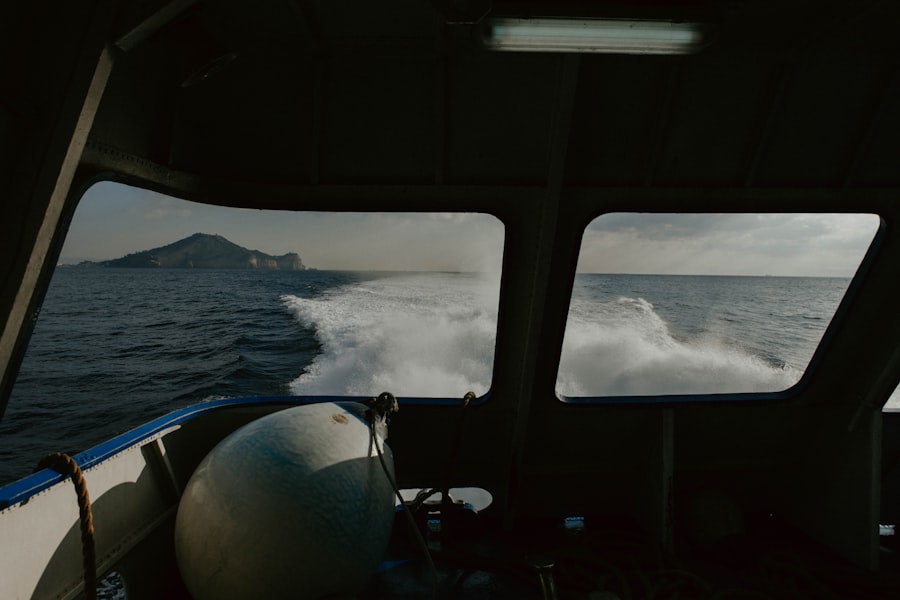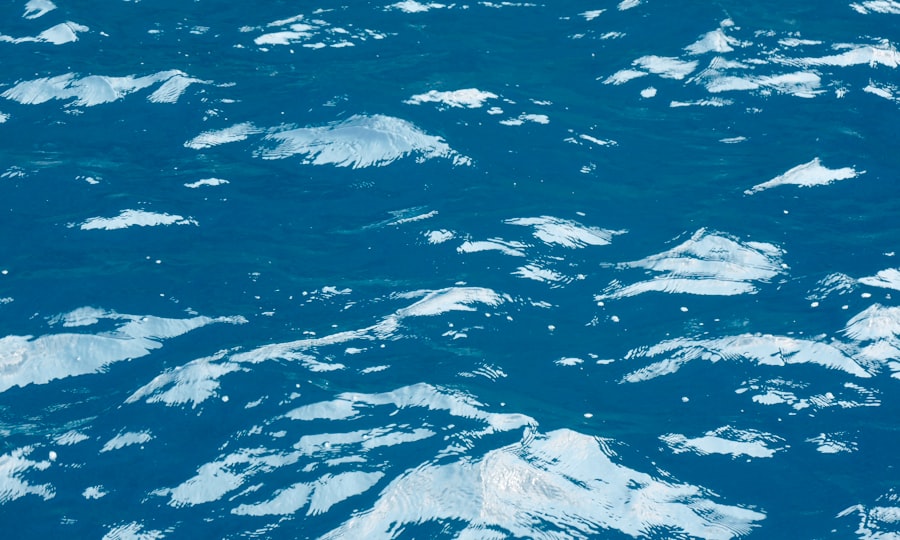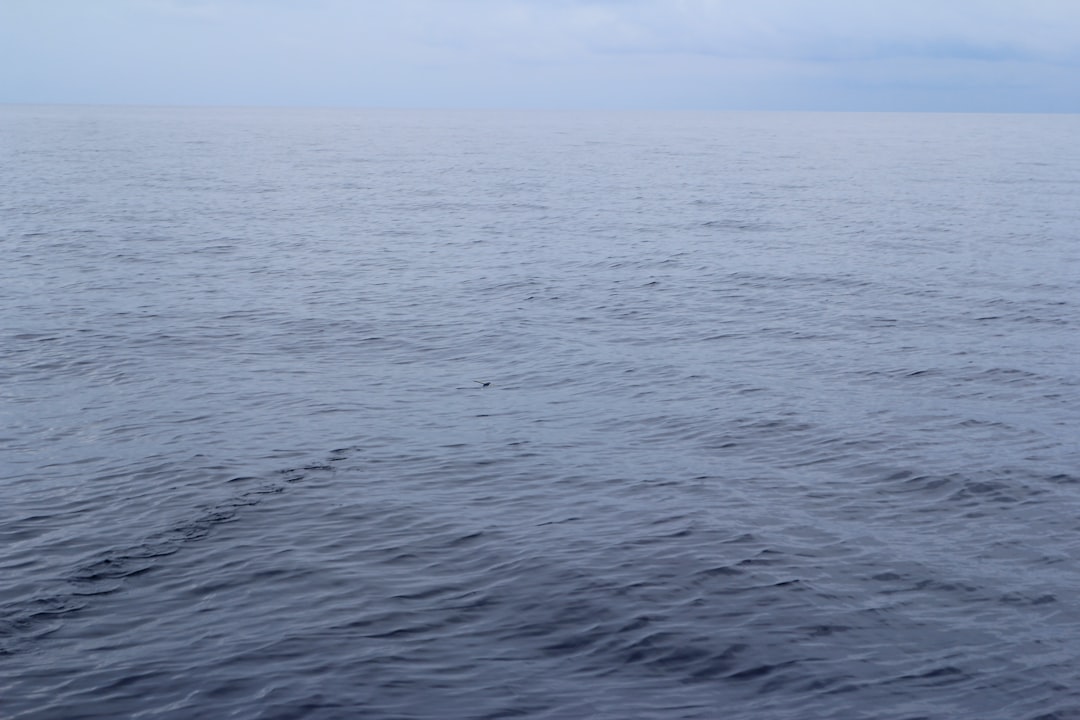The Drake Passage, a body of water that separates South America from Antarctica, is renowned for its tumultuous waters and unpredictable weather. Stretching approximately 600 miles, this passage is often considered one of the most challenging maritime routes in the world. The confluence of the Atlantic and Pacific Oceans creates a unique environment where strong currents and fierce winds converge, resulting in conditions that can change rapidly.
For adventurers and researchers alike, the Drake Passage serves as both a gateway to the Antarctic and a formidable test of seamanship. The passage is not only significant for its navigational challenges but also for its ecological importance. It is home to a diverse array of marine life, including whales, seals, and various species of seabirds.
The nutrient-rich waters support a vibrant ecosystem that plays a crucial role in the Southern Ocean’s health. Understanding the dynamics of the Drake Passage is essential for anyone planning to traverse its waters, as it offers insights into the natural forces at play and the unique wildlife that inhabits this remote region.
Key Takeaways
- The Drake Passage is a treacherous body of water between South America and Antarctica known for its rough seas and strong winds.
- Preparing for the journey involves packing essentials like motion sickness medication, warm clothing, and waterproof gear.
- Choosing the right vessel is crucial for a safe and comfortable passage through the Drake Passage.
- Navigating rough seas requires a sturdy vessel and experienced crew to ensure a smooth journey.
- Safety measures on board, such as life jackets and emergency drills, are essential for a safe passage through the Drake Passage.
Preparing for the Journey
Preparation for a journey through the Drake Passage requires careful planning and consideration. Travelers must first assess their physical readiness for the trip, as the passage can be physically demanding. Engaging in fitness activities prior to departure can help build stamina and resilience, ensuring that individuals are better equipped to handle the rigors of the journey.
Additionally, understanding the potential challenges posed by the passage’s notorious weather patterns is crucial. Researching historical weather data can provide insights into what to expect during the crossing. Beyond physical preparation, mental readiness is equally important.
The anticipation of crossing such a significant body of water can evoke a mix of excitement and anxiety. Travelers should take time to familiarize themselves with the journey’s itinerary, including potential stops and activities along the way. This knowledge can help alleviate concerns and foster a sense of adventure.
Engaging with fellow travelers or joining forums dedicated to Antarctic exploration can also provide valuable insights and tips from those who have previously navigated the Drake Passage.
Choosing the Right Vessel

Selecting the appropriate vessel for traversing the Drake Passage is a critical decision that can significantly impact the overall experience. Various types of ships are available, ranging from large cruise liners to smaller expedition vessels. Each option comes with its own set of advantages and disadvantages.
Larger ships may offer more amenities and stability in rough seas, while smaller vessels can provide a more intimate experience and greater access to remote areas. When choosing a vessel, travelers should consider their personal preferences and priorities. For those seeking comfort and luxury, larger cruise ships may be ideal, offering spacious cabins, fine dining, and onboard entertainment.
Conversely, adventure seekers may prefer smaller expedition ships that focus on exploration and wildlife encounters. Regardless of size, it is essential to ensure that the chosen vessel is equipped with modern safety features and experienced crew members who are well-versed in navigating the challenging waters of the Drake Passage.
Packing Essentials for the Passage
| Item | Quantity | Description |
|---|---|---|
| Clothing | 1 set | Lightweight, quick-drying clothes |
| Footwear | 1 pair | Comfortable, non-slip shoes |
| Sun Protection | 1 set | Sunscreen, hat, sunglasses |
| First Aid Kit | 1 kit | Bandages, antiseptic, pain relievers |
| Water Bottle | 1 | Reusable, durable water bottle |
Packing for a journey through the Drake Passage requires careful consideration of both clothing and equipment. Given the unpredictable weather conditions, layering is key. Travelers should pack moisture-wicking base layers, insulating mid-layers, and waterproof outer layers to ensure they remain comfortable in varying temperatures and conditions.
Accessories such as hats, gloves, and scarves are also essential for protection against wind and cold. In addition to clothing, travelers should consider bringing essential gear for their journey. A good pair of binoculars can enhance wildlife spotting opportunities, while a high-quality camera will help capture the stunning landscapes encountered along the way.
Personal items such as seasickness medication, sunscreen, and reusable water bottles should not be overlooked either. By preparing a comprehensive packing list that addresses both comfort and practicality, travelers can ensure they are well-equipped for their adventure across the Drake Passage.
Navigating Rough Seas
Navigating through the Drake Passage often means contending with rough seas that can test even the most seasoned sailors. The combination of strong winds and powerful currents creates waves that can reach impressive heights, making it essential for travelers to be prepared for a bumpy ride. Understanding how to position oneself on board during turbulent conditions can help mitigate discomfort; staying low in the ship’s center can provide more stability than being on higher decks.
Moreover, it is crucial for travelers to remain informed about weather updates during their crossing. Modern vessels are equipped with advanced technology that allows crews to monitor conditions closely and make necessary adjustments to their routes. Passengers should pay attention to briefings provided by crew members regarding safety protocols during rough seas.
By staying informed and following crew instructions, travelers can navigate these challenging waters with greater confidence.
Safety Measures on Board

Safety is paramount when traversing the Drake Passage, given its reputation for unpredictable weather and rough seas. Modern vessels are equipped with numerous safety features designed to protect passengers during their journey. Life jackets are readily available throughout the ship, and crew members conduct safety drills to ensure everyone knows how to respond in case of an emergency.
In addition to physical safety measures, communication is vital during the crossing. Crew members are trained to provide clear instructions and updates regarding weather conditions and any necessary precautions. Passengers should familiarize themselves with emergency procedures and know where safety equipment is located on board.
By prioritizing safety and remaining vigilant throughout the journey, travelers can enjoy their experience while minimizing risks associated with navigating such challenging waters.
Coping with Seasickness
Seasickness is a common concern for many travelers embarking on a journey through the Drake Passage. The combination of rolling waves and unpredictable movements can lead to discomfort for even those who typically do not experience motion sickness. To mitigate these effects, individuals should consider taking preventive measures before setting sail.
Over-the-counter medications or natural remedies such as ginger can be effective in reducing symptoms. In addition to medication, adopting certain strategies while on board can help alleviate seasickness. Staying hydrated is crucial; drinking plenty of water can help maintain equilibrium in the body.
Finding a stable spot on the ship—preferably near the center—can also minimize motion sensations. Engaging in light activities or focusing on distant horizons may distract from feelings of nausea. By being proactive about seasickness management, travelers can enhance their enjoyment of the journey across the Drake Passage.
Wildlife Spotting in the Drake Passage
One of the most exhilarating aspects of crossing the Drake Passage is the opportunity for wildlife spotting. The nutrient-rich waters attract an array of marine life, making it a prime location for observing various species in their natural habitat. Travelers may encounter majestic whales breaching the surface or playful seals basking on ice floes.
To maximize wildlife viewing opportunities, travelers should remain attentive during their crossing. Crew members often provide insights into where sightings are most likely to occur based on current conditions and migratory patterns.
Bringing binoculars and cameras will enhance these experiences, allowing passengers to capture unforgettable moments with nature. The thrill of witnessing wildlife in such an extraordinary setting adds an enriching layer to any journey through the Drake Passage.
Capturing the Beauty of the Passage
The breathtaking beauty of the Drake Passage is an experience that deserves to be captured and cherished. From dramatic seascapes to stunning sunsets over icy waters, every moment offers an opportunity for stunning photography. Travelers should take advantage of various vantage points on board to capture different perspectives of this remarkable environment.
In addition to photography, journaling can be a meaningful way to document experiences during the crossing. Reflecting on thoughts and emotions while surrounded by such awe-inspiring scenery allows travelers to connect more deeply with their journey. Whether through photographs or written reflections, capturing memories from this unique passage ensures that its beauty will be remembered long after returning home.
Historical Significance of the Drake Passage
The historical significance of the Drake Passage cannot be overstated; it has played a pivotal role in maritime exploration since its discovery by European navigators in the 16th century. Named after Sir Francis Drake, who famously navigated these waters during his circumnavigation of the globe, this passage has become synonymous with adventure and exploration. Throughout history, it has served as a critical route for explorers seeking new territories and scientific discoveries.
In modern times, the Drake Passage continues to hold importance for researchers studying climate change and marine ecosystems. The unique conditions found within this body of water provide valuable insights into global oceanic patterns and their effects on climate systems worldwide. Understanding its historical context enriches travelers’ experiences as they traverse these storied waters, connecting them with centuries of exploration and discovery.
Arriving at Antarctica
As travelers approach Antarctica after crossing the Drake Passage, anticipation builds for what lies ahead. The sight of towering icebergs and pristine landscapes marks a dramatic transition from open ocean to one of Earth’s last frontiers. The arrival at this remote continent signifies not only a geographical milestone but also an emotional one—a culmination of preparation, adventure, and exploration.
Upon arrival, travelers are often greeted by breathtaking vistas that evoke awe and wonderment. The stark beauty of Antarctica’s icy terrain serves as a reminder of nature’s power and fragility. Whether embarking on guided excursions or simply taking in the scenery from aboard their vessel, visitors are encouraged to embrace this unique opportunity fully.
The journey through the Drake Passage ultimately leads them to an extraordinary destination that promises unforgettable experiences amid one of Earth’s most remarkable environments.
The Drake Passage is notorious for its rough seas, often challenging even the most seasoned sailors with its unpredictable weather and powerful currents. This treacherous stretch of water, located between the southern tip of South America and Antarctica, is a critical part of many maritime journeys. For those interested in learning more about the geographical and historical significance of the Drake Passage, as well as other fascinating geographical locations, you can explore a related article on
